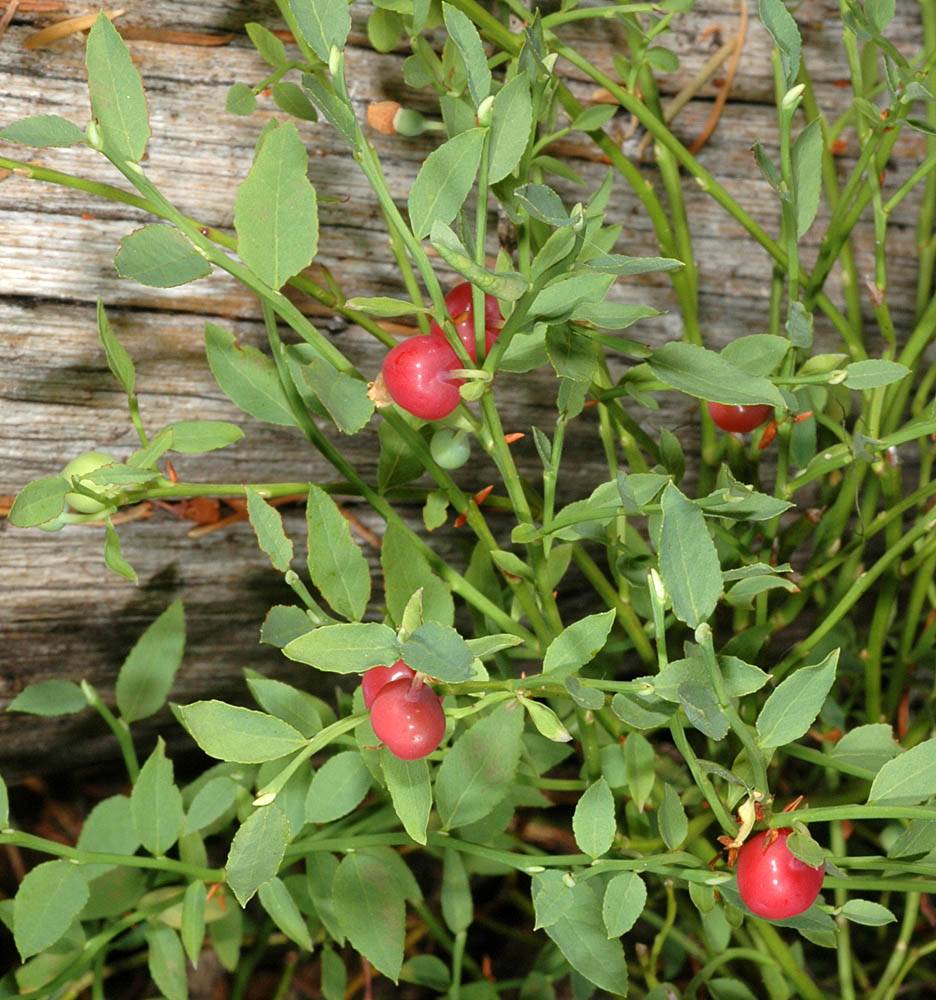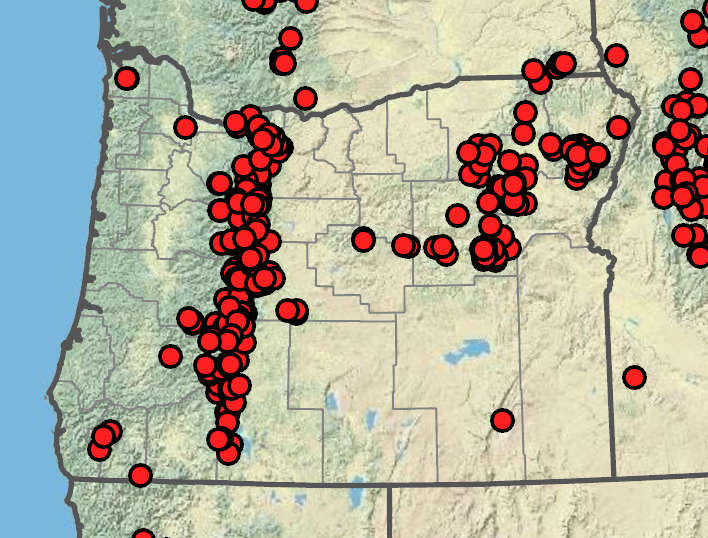Vaccinium hirsutum
Vaccinium scoparium
grouseberry, grouse whortleberry
elliptic to ovate-lanceolate, 7–15 × 4–14 mm, light green abaxially, green adaxially; thin; flexible;
margins finely serrate from tips to near base, prominently veined;
tips acute;
surfaces abaxially often glandular, adaxially glabrous.
solitary flowers in axils.
sepals 5;
calyces very shallowly lobed, glabrous;
petals 5;
corollas urceolate to globose, 3–4 × 3–5 mm, pink, glaucous;
filaments glabrous.
3–6 mm in diameter, bright red to bluish purple; without a bloom.
=24.
Vaccinium hirsutum
Vaccinium scoparium
Subalpine and alpine meadows, slopes and pine forests. Flowering May–Aug. 1000–2700 m. BR, BW, Casc, CR, ECas, Sisk. CA, ID, NV, WA; northeast to Alberta, east to SD, southeast to NM. Native.
See also V. myrtillus.
Stephen Meyers
- Local floras:
BC,
CA,
OR,
WA
- Local Web sites:
CalFlora,
CalPhotos,
Flora NW,
PNW Herbaria,
Turner Photog.
WildflowerSearch
iNaturalist (observations)
USDA Plants Database
- LBJ Wildflower Center
- SEINet
- Plants of the World Online
- Encyclopedia of Life
- Wikipedia
- Google Image Search



